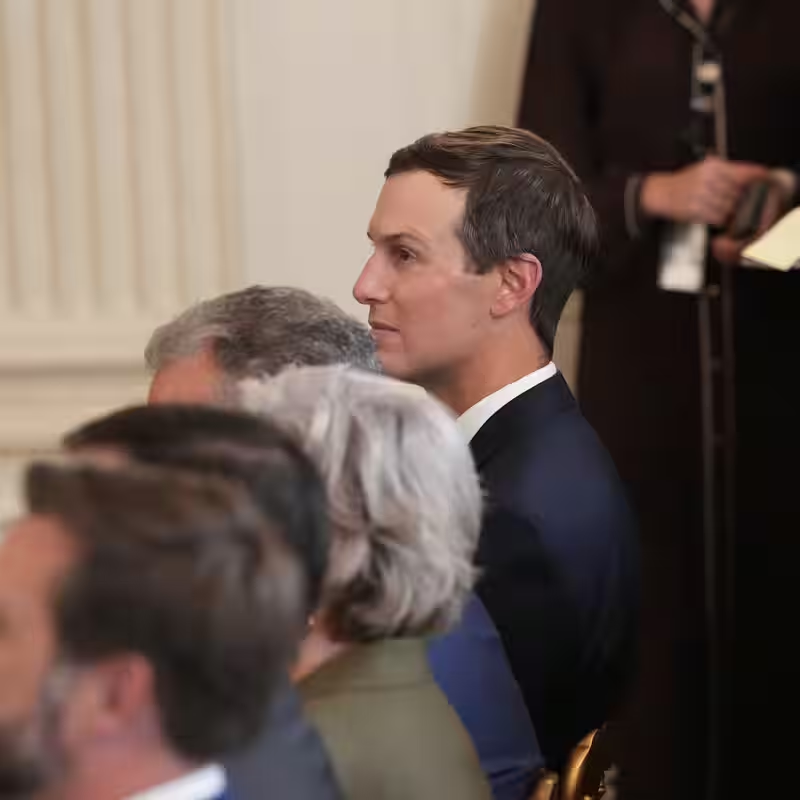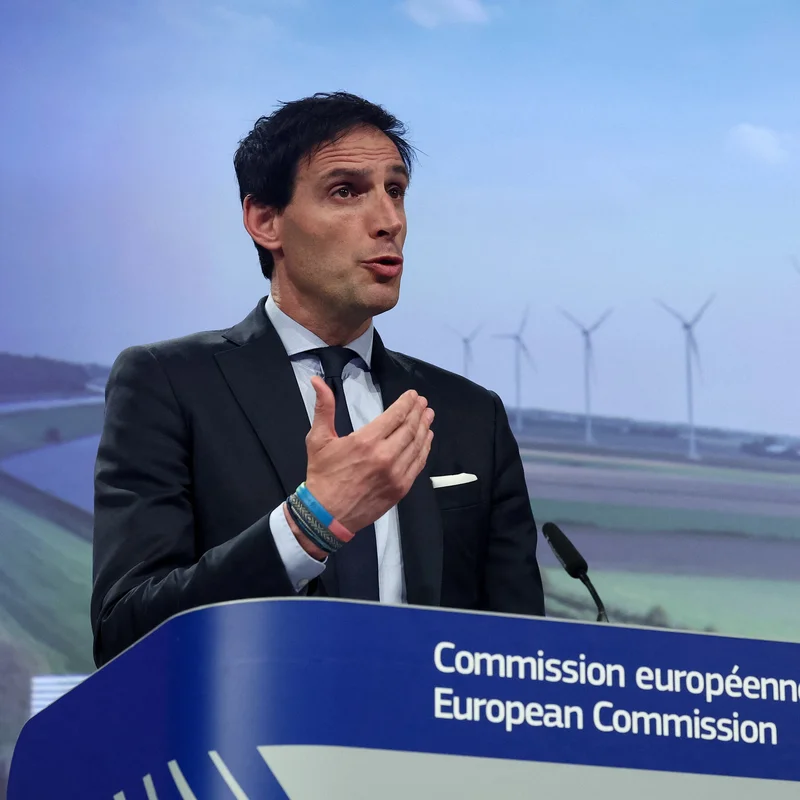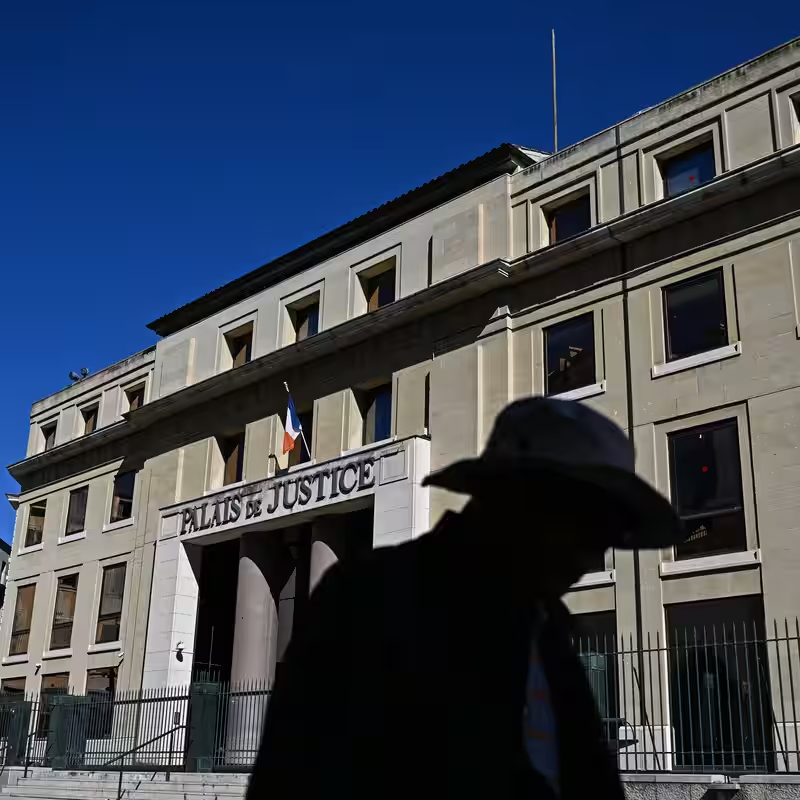Table of Contents
- The Unlikely Architect of a Gaza Ceasefire
- “Get to Yes First”: Kushner’s Real Estate Playbook
- Inside the Backchannel Talks
- Praise, Skepticism, and Political Fallout
- How Kushner’s Style Differs from Traditional Diplomats
- What’s Next for the Gaza Agreement?
- Sources
The Unlikely Architect of a Gaza Ceasefire
In a surprising twist to one of the world’s most intractable conflicts, Jared Kushner—the former White House senior adviser and self-described “deal guy”—has emerged as a key broker behind a fragile but promising breakthrough in the Gaza crisis. Leveraging his network of Middle Eastern contacts and a negotiation style honed in New York City real estate, Kushner helped bridge divides between regional players that career diplomats had struggled to reconcile for years.
According to sources close to the talks, Kushner’s involvement began quietly months ago, with discreet calls to leaders in Egypt, Qatar, and Saudi Arabia. His pitch was simple: “Let’s get to a yes first, and figure out the details later.” That mantra—central to his Jared Kushner Gaza strategy—proved unexpectedly effective in jumpstarting stalled negotiations.
“Get to Yes First”: Kushner’s Real Estate Playbook
Trained not in international relations but in high-stakes property deals, Kushner brought a distinctly transactional approach to diplomacy. “It’s just different being deal guys—just a different sport,” he told confidants during the process.
Unlike traditional envoys who prioritize legal frameworks and phased confidence-building measures, Kushner focused on identifying mutual incentives: economic investment for Arab states, security guarantees for Israel, and humanitarian relief for Gaza. He reportedly used his experience with the Abraham Accords as a template, treating peace not as a moral imperative but as a solvable business problem.
Inside the Backchannel Talks
Kushner operated largely outside official U.S. channels, coordinating with private emissaries and leveraging his role as founder of Affinity Partners, a private equity firm with Gulf ties. Key moments included:
- A secret meeting in Riyadh where Saudi officials signaled openness to normalization if Gaza reconstruction funds were guaranteed.
- A late-night call with a Qatari mediator that unlocked a hostage-release formula.
- Persuading Israeli security officials that short-term concessions could yield long-term stability.
While the State Department was kept informed, many career diplomats expressed unease about the informal, personality-driven nature of the effort.
Praise, Skepticism, and Political Fallout
Reactions have been sharply divided. Supporters hail Kushner as a pragmatic innovator who cut through bureaucratic gridlock. “Sometimes you need someone who doesn’t care about protocol—just results,” said one Republican senator.
Critics, however, warn that deal-first diplomacy risks papering over deep structural issues. “You can’t lease peace like a Manhattan office building,” said Dr. Leila Farouk, a Middle East scholar at Georgetown. “If the foundation isn’t solid, the whole thing collapses.”
How Kushner’s Style Differs from Traditional Diplomats
| Traditional Diplomacy | Kushner’s “Deal Guy” Approach |
|---|---|
| Gradual trust-building | Immediate value exchange |
| Multilateral consensus | Bilateral side deals |
| Process-oriented | Outcome-focused |
| State Department-led | Private-sector enabled |
What’s Next for the Gaza Agreement?
The initial framework brokered with Kushner’s help includes a 60-day ceasefire, phased hostage releases, and a $5 billion reconstruction fund backed by Gulf states. Implementation remains precarious, but for now, the Jared Kushner Gaza initiative has created a rare opening in a conflict long defined by stalemate.
Whether this “deal guy” diplomacy can sustain peace—or merely delay the next crisis—will be the true test of Kushner’s unconventional legacy.



